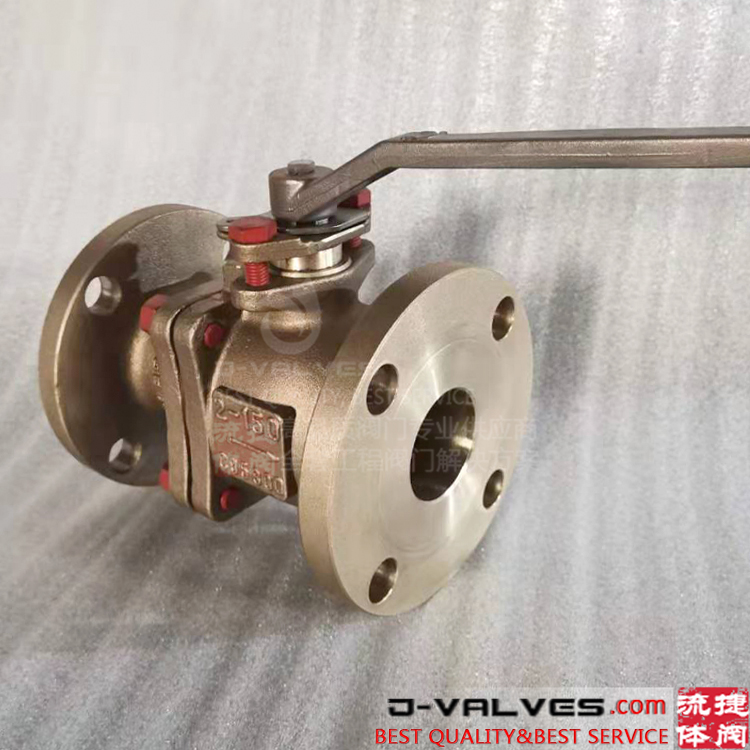Views: 0 Author: Site Editor Publish Time: 2024-04-13 Origin: Site









Forging a forged ball valve involves a series of precision-driven steps that transform raw materials into durable, high-performance components crucial for regulating fluid flow in various industrial systems. The process is known for its ability to produce valves with superior strength, outstanding reliability, and enhanced leak protection. Let's delve into the comprehensive journey of creating a forged ball valve, from material selection to the final inspection.
Choosing the right materials is the first critical step in forging a forged ball valve. The materials must withstand high pressures, extreme temperatures, and corrosive substances. Typically, stainless steel, carbon steel, and alloy steels are favored for their durability and resistance properties. The selection process is guided by the valve's intended application, ensuring that the final product can meet or exceed operational demands.
The core of creating a forged ball valve lies in the forging process itself. This involves heating the selected metal to a specific temperature where it becomes malleable but not molten. The heated metal is then shaped into the desired form using high-pressure machinery. For ball valves, this usually means forging the body, ball, and stem components. The precise control during forging ensures minimal internal defects, resulting in a robust and reliable valve.
Heating is meticulously controlled to achieve a uniform temperature throughout the metal piece. This uniformity is crucial for avoiding any thermal stress that could lead to defects in the final product.
Once heated, the metal is pressed or hammered into shape. This step requires specialized machinery designed to apply the correct amount of pressure evenly across the metal, ensuring a dense and homogenous structure.
After shaping, the components are cooled under controlled conditions to retain their mechanical properties. Excess material from the forging process is trimmed off, leaving behind a component that closely resembles the final product.
Following forging, the components of the forged ball valve undergo machining to achieve precise dimensions and surface finishes. Machining processes such as turning, milling, and drilling are used to refine the shape of the valve parts, ensuring they fit together perfectly without leaks.
Each component is machined to exact specifications to ensure that when assembled, the valve operates flawlessly under various conditions. This accuracy is vital for maintaining tight seals and proper functionality.
A smooth surface finish is crucial for minimizing friction and preventing leakage. Machining provides the fine surface finish required for optimal performance of the forged ball valve.
The final step in producing a forged ball valve is assembling the machined parts and rigorously testing the assembled valve for performance and durability. This phase ensures that every valve meets strict industry standards and can perform reliably in its intended application.
During assembly, each component of the forged ball valve is carefully put together. Attention to detail is paramount to ensure that all parts align correctly and function as intended.
Once assembled, the valve undergoes a series of tests to verify its integrity and performance. These tests may include pressure tests, leak tests, and operational tests to ensure that the valve can withstand real-world conditions.
In conclusion, forging a forged ball valve is a complex but highly structured process that requires meticulous attention to detail at every stage. From selecting the appropriate materials to conducting thorough testing of the final product, each step is crucial for producing a high-quality valve capable of withstanding challenging industrial environments. With their enhanced durability and reliability, forged ball valves play an indispensable role in fluid control applications across various industries.